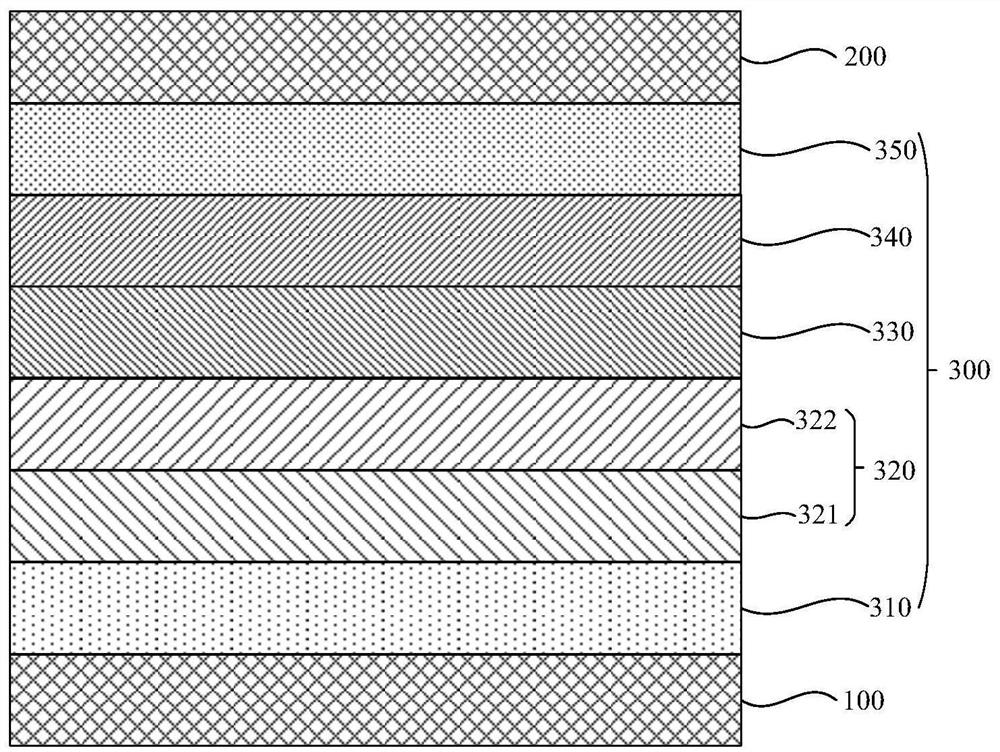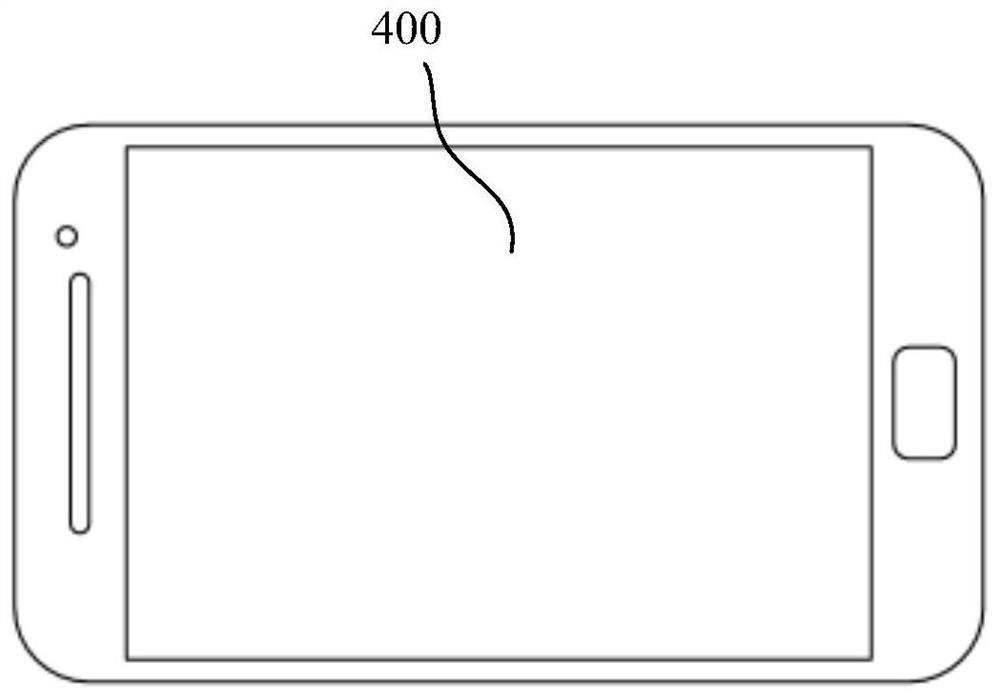Arylamine compound, electronic component using arylamine compound, and electronic device
A compound and aromatic amine technology, which is applied in electrical components, silicon organic compounds, and compounds of group 4/14 elements of the periodic table, can solve problems such as performance degradation of light-emitting devices, increase in operating voltage, and reduction in luminous efficiency, and achieve improved Effects of hole mobility, reduction of driving voltage, and reduction of crystallinity
- Summary
- Abstract
- Description
- Claims
- Application Information
AI Technical Summary
Problems solved by technology
Method used
Image
Examples
Embodiment 1
[0288] The anode was prepared by the following process: the thickness of ITO was The TOP substrate (manufactured by Corning) was cut into a size of 40mm (length) × 40mm (width) × 0.7mm (thickness), and it was prepared into an experimental substrate with a cathode bonding area, an anode and an insulating layer pattern using a photolithography process , using UV-ozone and O 2 :N 2 Plasma surface treatment was performed to increase the work function of the anode (experimental substrate) and to remove scum.
[0289] Vacuum-deposit m-MTDATA (4,4',4"-tris(N-3-methylphenyl-N-phenylamino)triphenylamine) on the experimental substrate (anode) to form a thickness of The hole injection layer (HIL), and the compound 22 is vacuum evaporated on the hole injection layer to form a thickness of The first hole transport layer (HTL1).
[0290] Then evaporate EB-1 on the first hole transport layer to form a thickness of The second hole transport layer (HTL2).
[0291] Then α, β-ADN is us...
Embodiment 2~7
[0297] An organic electroluminescent device was fabricated by the same method as in Example 1 except that the compounds shown in Table 8 were each used when forming the first hole transport layer (HTL1). Device properties are listed in Table 8.
Embodiment 8
[0310] The anode was prepared by the following process: the thickness of ITO was The ITO substrate (manufactured by Corning) was cut into a size of 40mm (length) × 40mm (width) × 0.7mm (thickness), and it was prepared into an experimental substrate with cathode, anode and insulating layer patterns by using a photolithography process. Ozone and O 2 :N 2 Plasma surface treatment was performed to increase the work function of the anode (experimental substrate) and to remove scum.
[0311] HAT-CN was vacuum evaporated on the experimental substrate (anode) to form a thickness of The hole injection layer (HIL), and a layer of NPB is evaporated on the hole injection layer to form a thickness of The first hole transport layer (HTL1).
[0312] Then vacuum evaporate compound 113 on the first hole transport layer to form a thickness of The second hole transport layer (HTL2).
[0313] Then vapor-deposit 4,4'-N,N'-dicarbazole-biphenyl (referred to as "CBP") on the second hole tra...
PUM
 Login to View More
Login to View More Abstract
Description
Claims
Application Information
 Login to View More
Login to View More - R&D
- Intellectual Property
- Life Sciences
- Materials
- Tech Scout
- Unparalleled Data Quality
- Higher Quality Content
- 60% Fewer Hallucinations
Browse by: Latest US Patents, China's latest patents, Technical Efficacy Thesaurus, Application Domain, Technology Topic, Popular Technical Reports.
© 2025 PatSnap. All rights reserved.Legal|Privacy policy|Modern Slavery Act Transparency Statement|Sitemap|About US| Contact US: help@patsnap.com



